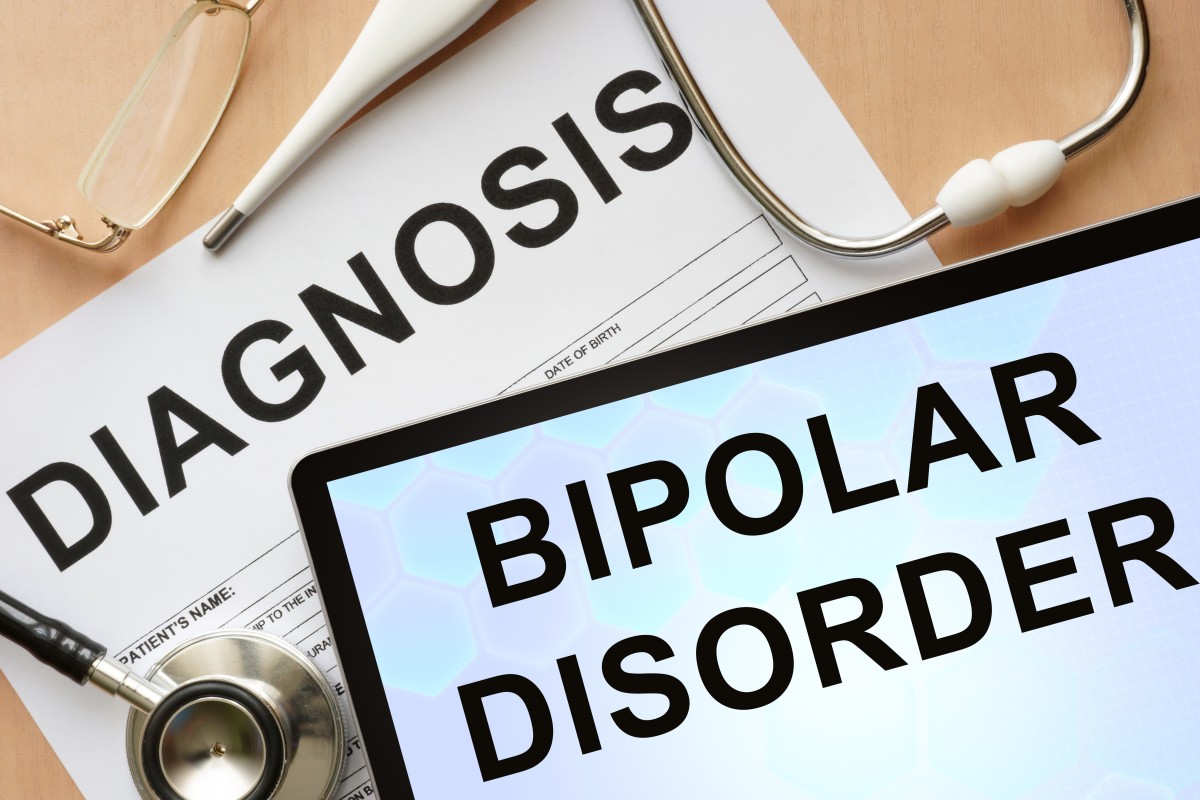If you have concerns about potentially having bipolar disorder, you might be curious about how healthcare professionals evaluate and diagnose this condition. A psychiatric evaluation is a crucial first step, and it plays a vital role in helping healthcare professionals determine whether you have bipolar disorder. So, what does this evaluation process actually look like? Let’s break it down.
What is Bipolar Disorder?
Bipolar disorder is a mental health condition characterized by extreme mood swings. These swings can range from manic or hypomanic episodes (elevated moods, energy, and activity levels) to depressive episodes (feelings of sadness, hopelessness, and fatigue). Understanding these symptoms helps doctors determine whether the behavior fits the pattern of bipolar disorder.
The Importance of a Psychiatric Evaluation
A psychiatric evaluation is the first step in diagnosing bipolar disorder. The doctor will focus on understanding your mood, behaviors, and thoughts to get a comprehensive picture of your mental health. This evaluation typically involves a combination of structured interviews, questionnaires, and your personal history, which gives doctors the insights they need to make an accurate diagnosis.
Step 1: Comprehensive Medical History
The evaluation usually starts with a review of your medical and psychiatric history. Your doctor will ask about your symptoms, when they first appeared, and how they’ve changed over time. They’ll want to know if you have any family history of bipolar disorder or other mental health conditions, as genetics can play a role in the development of the disorder. This history can provide critical clues about your diagnosis.
Step 2: Describing Symptoms and Mood Changes
You’ll likely be asked to describe your moods, behavior patterns, and any episodes you’ve experienced. Doctors want to know if you’ve had periods of extreme highs and lows, and whether they have disrupted your daily life. This could include things like:
- Increased energy levels during manic or hypomanic episodes
- Feeling very sad, hopeless, or lethargic during depressive episodes
Providing as much detail as possible about these episodes can help the doctor understand the frequency, duration, and severity of your symptoms.
Step 3: Psychological Assessments and Questionnaires
To gain a more structured view of your mental health, your doctor might give you specific psychological tests or questionnaires. These tools are designed to assess the severity and impact of your symptoms, as well as to rule out other potential conditions. Common assessments may include mood surveys or scales that track symptoms like irritability, sleep disturbances, and energy levels.
Step 4: Physical Exam and Lab Tests
While the focus is on your mental health, a physical exam and some lab tests may also be recommended to rule out any medical conditions that could be causing your symptoms. For example, thyroid issues can sometimes cause mood swings that mimic bipolar disorder. Blood tests might be conducted to check for any imbalances that could be affecting your mood and behavior.
Step 5: Psychological Interviews
A significant part of the evaluation is the psychological interview. This is a conversation between you and the doctor, where they ask about your thoughts, emotions, and behaviors in more detail. Expect questions about your personal life, stress levels, relationships, and how you’ve been coping with emotional challenges. The goal is to understand the pattern of your mood changes and how they have affected your life.
Step 6: Family History and Genetic Factors
Bipolar disorder tends to run in families, so doctors will often ask about the mental health of your relatives. A family history of mood disorders, particularly bipolar disorder, may help inform the diagnosis. If there are multiple cases of bipolar disorder in your family, this could suggest a genetic predisposition.
Step 7: Ruling Out Other Conditions
It’s essential for doctors to rule out other mental health conditions that may present similar symptoms. For example, depression, anxiety disorders, or ADHD can sometimes have overlapping symptoms with bipolar disorder. Your doctor will work to differentiate between these conditions to ensure you receive the correct diagnosis.
Step 8: Assessment of the Impact on Daily Life
Doctors will also assess how bipolar disorder might be affecting your daily life. This includes evaluating your ability to function at work or school, your social interactions, and your overall well-being. Bipolar disorder can have a significant impact on your quality of life, so understanding the extent of these disruptions is crucial for developing an appropriate treatment plan.
Step 9: Ongoing Monitoring and Follow-Up
Once the initial evaluation is complete, your doctor may recommend ongoing monitoring to track your progress. Bipolar disorder is a lifelong condition, so regular check-ins are essential to adjust treatment plans and ensure that you’re managing your symptoms effectively. This could involve follow-up appointments, therapy, and medication adjustments.
Concluding Thoughts:
Diagnosing bipolar disorder isn’t something that happens overnight. It’s a process that requires a detailed, thoughtful evaluation from a healthcare professional. By using a combination of interviews, questionnaires, and physical assessments, doctors can determine whether bipolar disorder is the cause of your mood swings or if another condition is at play. If you’re feeling concerned about your mental health and wondering if a psychiatric evaluation near me is the next step, reaching out to a professional is always a good place to start. Early diagnosis and treatment can make a significant difference in managing bipolar disorder and improving your quality of life. So, don’t hesitate to reach out to a doctor who can guide you through the process and provide the support you need.
